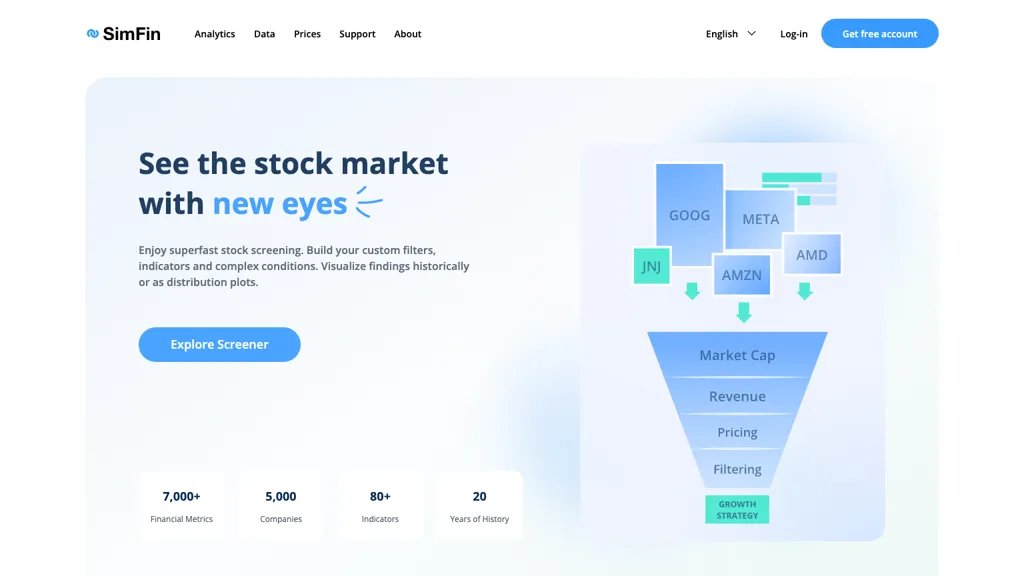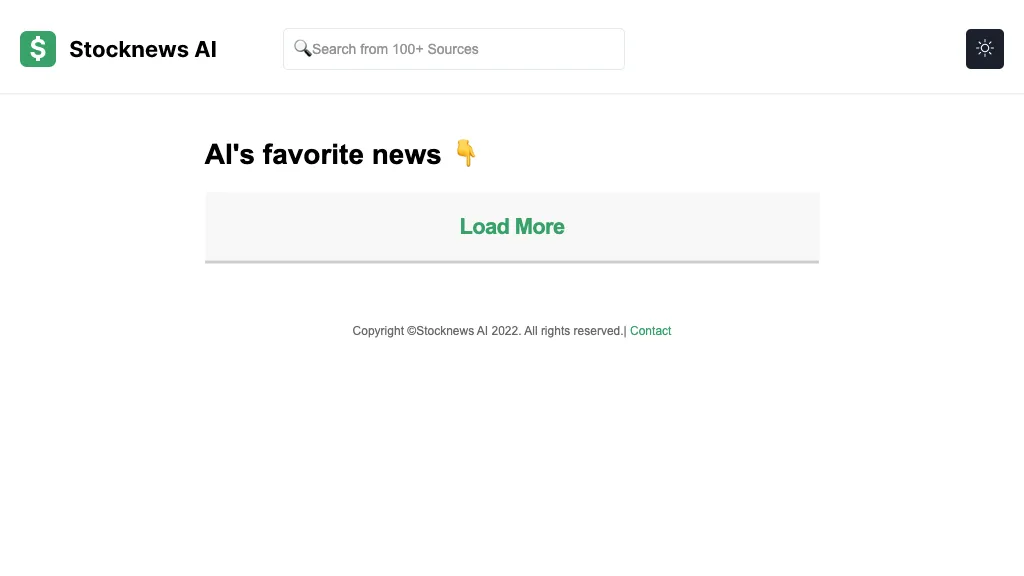20 Pro Advice For Choosing AI Stock Picker Platform Websites
20 Pro Advice For Choosing AI Stock Picker Platform Websites
Blog Article
Top 10 Tips For Assessing The Security And Privacy Of Ai Stock Trading Platforms
As they typically handle sensitive financial data, or even personal information, security and protection of the data is crucial. Data breaches or mishandling could lead to financial and reputational losses. Here are the 10 best tips for evaluating the security and privacy on these platforms.
1. Examine the Data Encryption
Security on the move: Ensure that the platform you are using uses secure protocols to secure your data when it is transmitted between their servers and the device (e.g. TLS/SSL).
Secure at Rest: Ensure that any sensitive information stored on the servers of the platform are encrypted with encryption standards that are strong (e.g. AES-256, for example.).
Make sure you have security from end to end This is an absolute must for anyone who wants to safeguard sensitive data or communications.
2. Test Authentication Measures
Two-factor authentication (copyright): Make sure that your platform you are using supports this in order to provide additional security.
Biometric authentication - Check to see if there's biometric options available for mobile app login (e.g. finger fingerprint or facial recognition, etc.).
Password policy: Examine to find out if your provider has strict rules regarding passwords.
3. Check for Regulatory Compliance
Financial regulations: Make sure the platform is compliant with pertinent financial laws (e.g., SEC, FINRA, MiFID II).
Data protection laws: Check for compliance with privacy laws (e.g., GDPR, CCPA) when you're operating in or trading with areas that are covered by these laws.
Audit certifications. Verify that the platform is certified by security third-party assessments or is accredited (e.g. SOC 2 and ISO 27001).
4. Review Controls for Access to Data
Role-based access - Make sure that the platform has the capability of implementing role-based control (RBAC) that restricts access to data only to authorized users.
Permission levels: Verify that you are able to give different permissions to members or members.
Activity monitoring: Determine if the platform monitors and logs user behavior for suspicious behaviour.
5. Evaluate Vulnerability Management
Regular updates - Ensure that your platform is updated with software on a regular basis to fix any weaknesses.
Penetration testing : Check to find out if your platform is being tested regularly in order for it identify and fix security vulnerabilities.
Bug bounty programs: Check whether there is a bug bounty program that is available to motivate security researchers from other sources to report security vulnerabilities.
6. Evaluate Data Privacy Policies
Transparency: Review the platform's privacy policy to understand how your data is collected, used, and shared.
Data minimization - Make sure that the platform only collects the information it requires to function.
Third-party sharing: Check whether the platform is sharing information with third-party partners and, if so, under what conditions.
7. Secure API use should be checked
API security: Make sure that the platform's API utilizes authenticated methods that are secure (e.g., OAuth, API keys) and also encrypts data exchanges.
Rate-limiting: Determine if the API has a limit on rate to avoid abuse and brute-force attacks.
Review the access logs and determine if they're being recorded for monitoring and auditing.
8. Assess Incident Reaction and Recovery
Incident response plans: Check whether the platform you're using has a clearly defined incident response plan. This plan should cover handling security breaches and data breaches.
Notification policies: Verify that the platform is able to notify users quickly in the event of a security incident.
Backups of data: Ensure that the platform is regularly backed up with data and that it has a disaster-recovery plan.
9. Examine the security measures for physical security
Data center security: Make sure the servers that run your platform are located in data centers that have physical security measures, like surveillance and access controls.
Redundancy Examine the redundant platforms of the platform in order to ensure that data is available in the event of any component fails.
Examine the geographical distribution of the data to ensure its resilience.
10. Examine the privacy controls of your users
Data deletion: Make sure the platform will allow you to permanently delete your personal information when you stop using the service.
Privacy settings - You should find out if the platform allows users to set privacy settings so that you control which data will be visible or shared.
Make sure that data is anonymized for machine learning and analytics.
Bonus Tips
User reviews and reputation Review the reviews and feedback of users in order to get a feel for how safe and secure a platform.
Trial period - Use the demo or trial version of the software to try out its security features and privacy controls.
Customer Support: Make sure that the platform is able to provide robust support for security issues.
Follow these tips to evaluate the security and privacy levels of AI platforms for stock prediction and analysis. So your personal information and financial information are secure. A secure platform not just protects assets, but builds trust in their services. Follow the recommended ai stock picker for more examples including best ai for trading, incite, ai for investment, ai trading, best ai trading software, ai for investing, stock ai, chatgpt copyright, using ai to trade stocks, best ai for trading and more.
Top 10 Tips For Assessing The Regulatory Compliance Of Ai-Powered Stock Predicting/Analyzing Trading Platforms
When evaluating AI trading platforms, regulatory compliance is a crucial aspect. Compliance is essential because it ensures the platform adheres to the laws and regulations. It also safeguards user's data. Here are 10 best tips to assess the regulatory compliance of these platforms.
1. Check the Licensing and Registration
Regulatory Authorities: Ensure that the platform registered with the appropriate regulatory bodies (e.g. SEC US, FCA UK and ASIC Australia) and holds an authorization.
Broker partnership: If the platform is integrated with brokers, verify that brokers are also licensed and properly regulated.
Public records: Go to the site of the regulator to see whether the platform was registered or if it has been in violation of the law.
2. Assessment of Data Privacy Compliance
GDPR If you're operating or serving users within the EU ensure that your platform is in compliance to the General Data Protection Regulation.
CCPA For Californian users Check compliance with California Consumer Privacy Act.
Policies on handling data: Check the privacy policies of the platform to find out how it describes data collection, storage, and sharing.
3. Evaluation of Anti-Money Laundering Measures
AML Policies: The platform should have robust AML (Anti-Money Laundering) policies to identify money laundering and stop it from happening.
KYC procedures - Check that the platform complies with Know Your Customer procedures for verification of user identities.
Transaction monitoring: Verify that the platform monitors transactions to spot suspicious behaviour and inform authorities about suspicious activity.
4. Make sure you are in compliance with Trading Regulations
Market manipulation: Check that the platform has measures in place to protect against manipulating the market, for example, spoofing and wash trading.
Types of orders. Check that the platform complies with the regulations pertaining to order types (e.g. there's no illegal stop loss hunting).
Best execution: Examine to determine if the platform adheres best execution practice, which ensures that trades will be executed at the lowest cost.
5. Cybersecurity Compliance:
Data encryption: Make sure that the platform safeguards user data both while it is in transit as well as when it is at rest with encryption.
Incident response. Verify that there is a clearly defined incident response plan for the platform to deal with cyberattacks as well as data breaches.
Certifications: Find out if a platform is accredited for cybersecurity (e.g. ISO 27001, SOC 2)
6. Transparency and Disclosure
Disclosure of fees - Make sure the fees are fully revealed, including additional or hidden charges.
Risk disclosure: Check if the platform offers clear risk disclosures, specifically for leveraged or high-risk trading strategies.
Performance reports - Check for accurate and transparent performance reports provided by the platform for its AI models.
7. Verify that you are in compliance with international regulations
Trading across borders When you trade internationally, make sure that the platform you are using is in compliance to all laws and regulations.
Tax reporting: Check whether the platform offers tools or reports that aid users in complying with tax laws (e.g., FIFO rules in the U.S.).
Compliance with sanctions: Verify that the platform is in compliance with sanctions and is not allowing dealings or transactions with countries or entities that are banned.
8. Review the record-keeping process and audit trails
Records of transactions: The platform needs to maintain detailed records on every transaction that is used for audit and regulatory purposes.
Logs of user activity: Check if your platform records all activity of users, like logins, transactions, and adjustments to settings for accounts.
Audit readiness: Determine whether your platform is able to provide the required logs and documentation in the case of an inspection from a regulatory authority.
9. Examine whether you are in compliance with AI Specific Regulations
Algorithmic trading regulations: If using a platform that allows algorithmic trading ensure that it is compatible with relevant regulatory frameworks such as MiFID II or Reg SCI, in Europe and the U.S.
Fairness and bias Check whether the platform reduces or is monitoring its AI models for fair and ethical trading.
Explainability. Some regulations may require that the platform explain AI-driven prediction and decisions.
Review User Feedback and Review History of Regulatory History
Feedback from users: Read user reviews to gauge the credibility of the platform in terms of regulatory conformity.
Historical Record: Search for any past violations of regulations, fines or penalties.
Third-party auditors: Check if the platform is audited regularly by third parties to ensure that it adheres to the rules.
Bonus Tips:
Legal consultation: Consult a lawyer to ensure that the platform meets all relevant regulations.
Trial period. Use the free trial or demo version of the platform to try out its compliance features.
Support for customers: Make sure that the platform offers support to customers with issues or concerns relating to compliance.
Use these guidelines to assess the compliance with regulations and protect of your rights. Compliance not only helps to minimize legal risks, it also increases confidence in the platform. View the best ai software stocks hints for site recommendations including ai trading tool, ai stock prediction, ai share trading, ai copyright signals, stock trading ai, ai options trading, invest ai, best ai stocks to buy now, ai trading tool, how to use ai for stock trading and more.